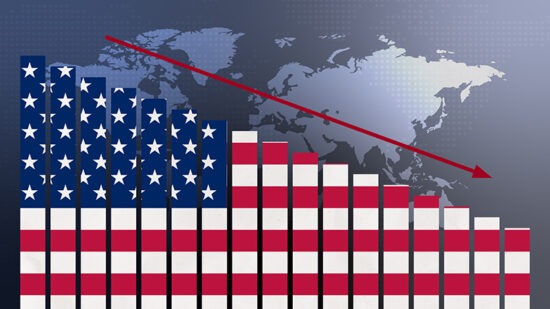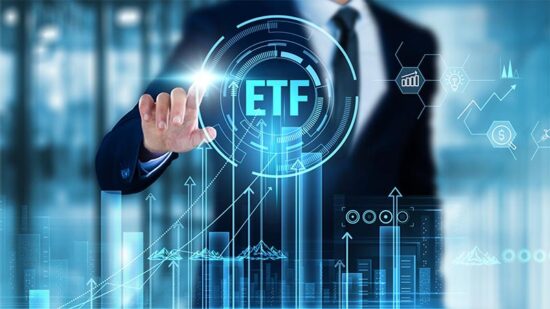We are experiencing the unwinding of liquidity from years of unconventional monetary policy, tightening financial conditions, at a time where the manufacturing cycle has turned, global growth is slowing and governments having taken on private debt have even less fire power today than before the financial crisis to support economies.
For this reason we are keeping a low market exposure to equities, while maintaining long term investments in growth companies such as Amazon, a generally high sensitivity to interest rates in the US as their growth slows with low level of inflation expectations, and a hedge against the biggest global weak link that of the Chinese renminbi.
Chinese depreciation
The Chinese government we feel will have no choice but to let it depreciate further both in a bid to support exports but also due to the fact they are using massive unsustainable amounts of reserves every month to stem outflows and support their currency.
Anesthetised by six years of ultra-loose monetary policy, the markets were generally able to continue ignoring economic reality in 2015 and remain focused on flows. Owing mostly to the single currency’s depreciation, the European equity markets posted some of the world’s best market performances (in euro), despite the disappointing economic progress from this region.
Expressed in dollars, however, the European markets barely surpassed the very mediocre performance of the US S&P 500 (-0.7%) in 2015.
With regard to bonds, the only investors to enjoy spectacular performances were those who gambled mainly on debt issued by Greece and Ukraine, which gained between 28% and 38% over the year, but also came very close to defaulting.
Nevertheless, the weaknesses we had previously identified last year in the wonderful world of central-bank-administered markets began to make an initial appearance.
In 2015, it was impossible for investors to ignore the consequences for the equity and credit markets stemming from years of overinvestment in the US energy sector. With central banks becoming increasingly restricted in their stimulus policies, 2016 is likely to be the year when the markets awaken to economic reality.








